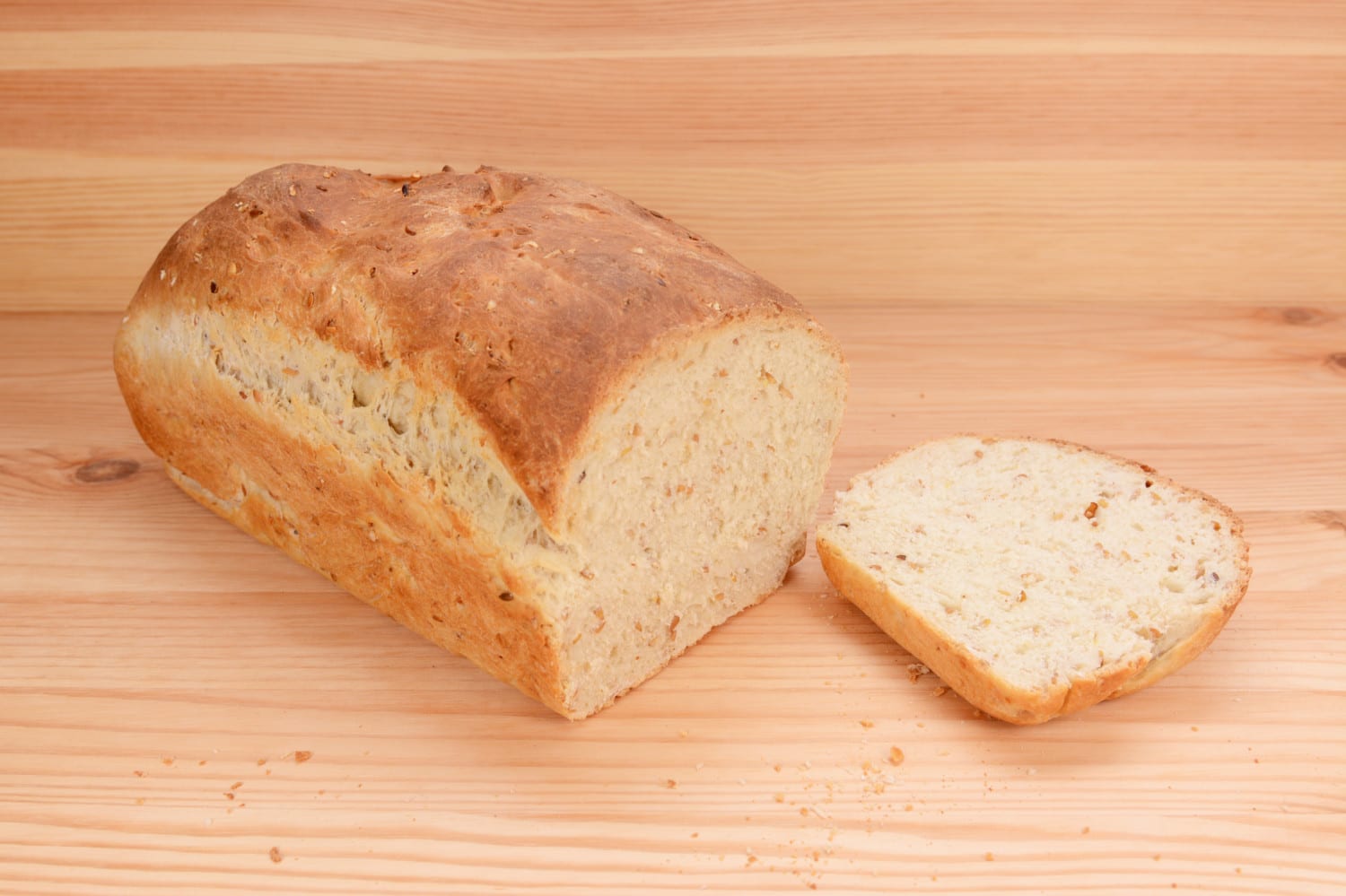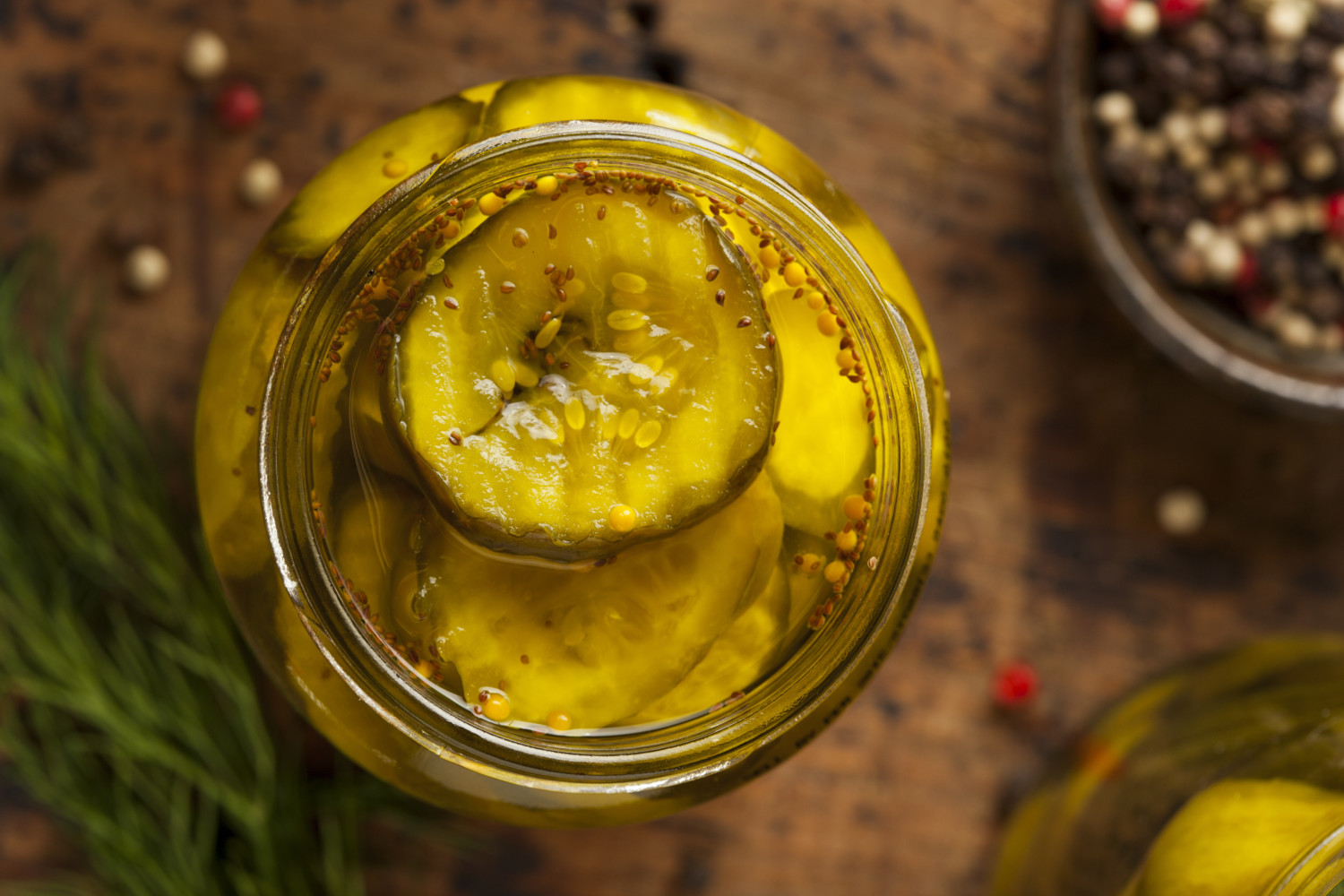The delicious dill pickle has been enjoying quite the popularity boost lately. Once relegated as a mere add-on to a burger or a sandwich, or stuck with a spear and set off to the side, the pickle has pushed itself into the food trend limelight with unusual recipes for cupcakes, slushes and even popsicles!
But, if you want to create a truly incredible sandwich, forget about just putting pickles under the bread. How about injecting that perfect pickle flavor INTO your bread?
Pickle bread is an ingenious way to amp up the flavor of one of the kitchen’s most important staples. After all, bread dough just begs to have different flavors and textures added to it. Using pickles and pickle juice in a bread recipe not only makes it taste incredible but also has some fascinating effects on the dough’s quality. Time for a little baking science 101!

Most bread doughs use water as the liquid to bring all the dry ingredients together. Warm water helps activate the dry yeast or instant yeast in the bread. The activated yeast (which is a bacteria, by the way) gobbles up the starches of the flour. Then, the yeast releases carbon dioxide into the mixture. This gas causes the bread to rise.
When you substitute pickle juice for the water in a bread recipe, the way Michelle from Gather for Bread does in her Dill Pickle Bread recipe, the juice’s vinegar content helps the dough to rise even more. How? Pickle juice is more acidic than water and this allows the yeast to work more effectively. So, you get a nicer rise on the dough, which means a softer bread with a to-die-for crust.

If the thought of adding that much pickle juice to your bread makes you pucker, then you can simply alter the recipe to use less juice (or none). But, make sure you keep the finely diced dill pickle to get some extra texture, color, and flavor to your bread!
This story originally appeared on Simplemost. Checkout Simplemost for additional stories.


